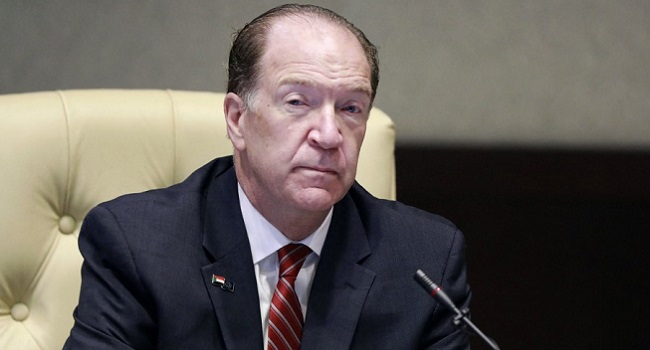Debt loads in low-income countries surged 12 percent to a record $860 billion in 2020 amid the pandemic
Prompting World Bank President David Malpass on Monday to call for a “comprehensive plan” to deal with the issue. “Sustainable debt levels are vital for economic recovery and poverty reduction,” he said.
Efforts to combat Covid-19 exacerbated already-rising debt levels, and addressing the problem will require relief from lenders, Malpass said.
The situation is urgent since the Debt Service Suspension Initiative (DSSI) launched by G20 nations early last year, allowing countries to defer debt payments while dealing with the pandemic, expires at the end of the year.
“We need a comprehensive approach to the debt problem, including debt reduction, swifter restructuring and improved transparency,” Malpass said.
World Bank data released Monday showed the deterioration in debt indicators was widespread and impacted countries in all regions, across all low- and middle-income countries.
“Many developing countries entered 2020 in a vulnerable position, with public external debt already at elevated levels,” the report said, and then governments provided unprecedented resources to try to contain the virus and the economic fallout.
The World Bank and IMF likewise ramped up support, especially for the most vulnerable countries.
In 2020, net inflows from multilateral creditors to low- and middle-income countries rose to $117 billion, “the highest level in a decade,” the report said.
“The risk now is that too many countries will emerge from the Covid-19 crisis with a large debt overhang that could take years to manage,” Malpass said in the report.
AFP


